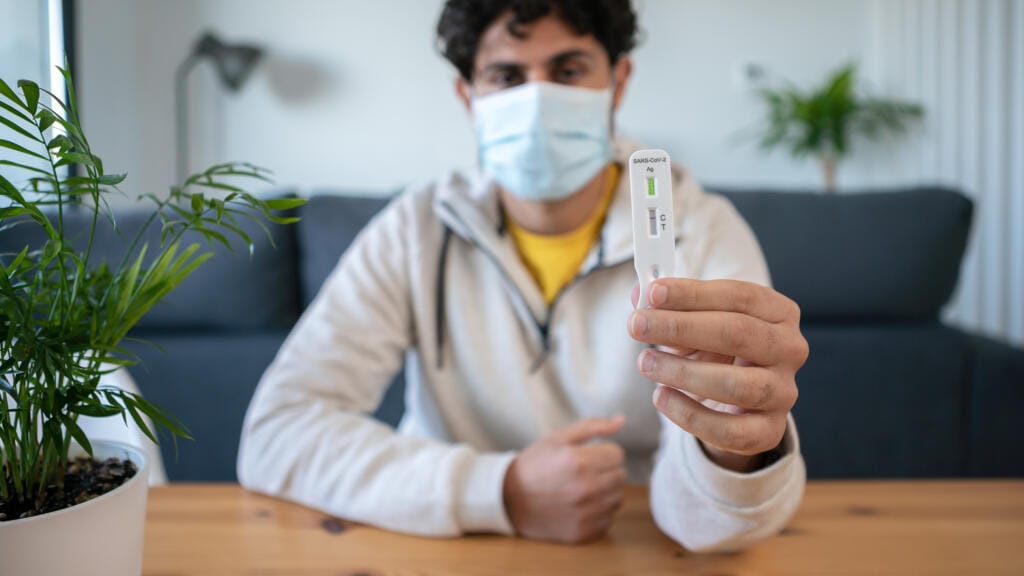The COVID-19 pandemic has dramatically changed the way we live, work, and interact with each other. One of the most significant changes has been the increased emphasis on testing for the virus. While traditional testing sites can be inconvenient and sometimes difficult to access, at-home testing provides a more accessible and convenient option for those who need to get tested.
At-home testing has become more popular in recent months due to the increased availability of test kits and the convenience they offer. Here’s what you need to know about at-home testing:
Types of At-Home Tests
There are two main types of at-home tests for COVID-19: antigen tests and molecular tests. Antigen tests look for specific proteins on the surface of the virus and can provide results in as little as 15 minutes. Molecular tests, on the other hand, look for the virus’s genetic material and can take up to a few days to provide results. Both types of tests can be performed at home with a simple nasal swab.
How to Take an At-Home Test
Taking an at-home test is relatively straightforward, but it’s important to follow the instructions carefully to ensure accurate results. Most tests come with a nasal swab and a test strip. To take the test, you’ll need to swab your nostrils and then insert the swab into the test strip. You’ll then need to wait a certain amount of time (depending on the test) before checking the results.
Interpreting the Results
Interpreting the results of an at-home test is typically straightforward. Most tests will provide either a positive or negative result. A positive result means that you have the virus, while a negative result means that you don’t. It’s important to note that no test is 100% accurate, so if you’re experiencing symptoms or have been in close contact with someone who has the virus, it’s important to follow up with a healthcare provider for additional testing or treatment.

Benefits of At-Home Testing
There are several benefits to at-home testing, including:
- Convenience: At-home testing allows you to get tested without leaving your home, which can be especially beneficial if you’re unable to travel or access a testing site.
- Quick results: Antigen tests can provide results in as little as 15 minutes, which can be helpful if you need to know your status quickly.
- Reduced exposure: By testing at home, you can reduce your exposure to others who may have the virus.
Conclusion
At-home testing can be a convenient and accessible option for those who need to get tested for COVID-19. By following the instructions carefully and interpreting the results accurately, at-home testing can provide peace of mind and help you make informed decisions about your health and safety.



